The surprising beauty of tar and dust
Photographer Matthew Brandt creates astounding images with extremely old-school methods
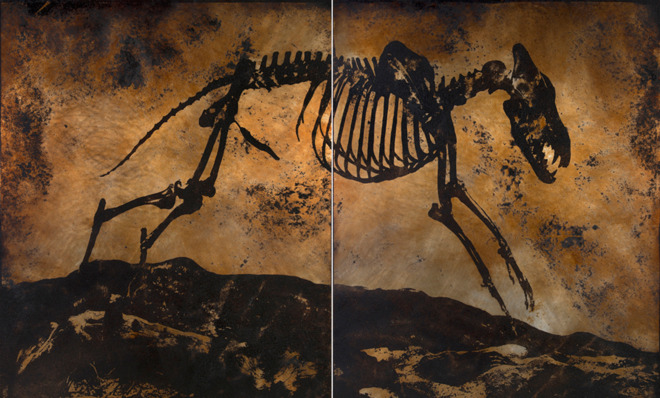
Technological advances have been good to photography. But what the art form has gained in gadgets, it may have lost in the mad-scientist experimentation once required of the developing process. Often, the most trial-and-error our digital prints get these days is deciding between the "Amaro" and "X-Pro II" filters on Instagram. And that's what makes photographer Matthew Brandt's meticulous work and old-school techniques all the more impressive.
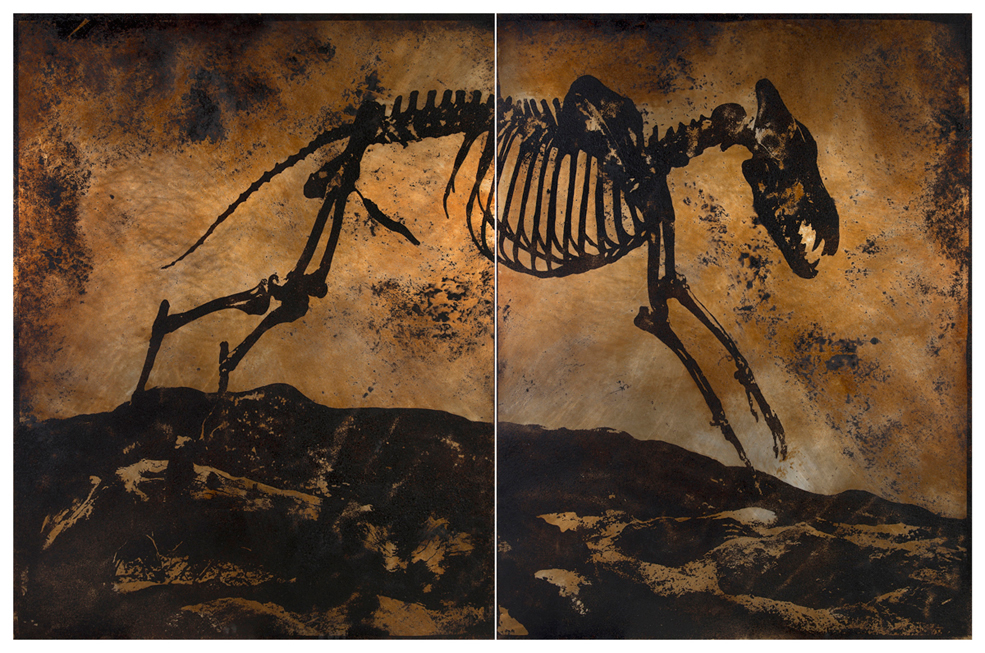
You could be forgiven for mistaking Brandt's creations as drawings or re-purposed vintage photographs. There is something simple about them at first glance. But the process behind these one-of-a-kind prints is fantastically complicated, using techniques that are nearly extinct today.
Take his La Brea series, for example. To create images of the fossilized remains of the animals trapped in the Los Angeles tar pits, Brandt used a photographic process known as heliography.
The Week
Escape your echo chamber. Get the facts behind the news, plus analysis from multiple perspectives.

Sign up for The Week's Free Newsletters
From our morning news briefing to a weekly Good News Newsletter, get the best of The Week delivered directly to your inbox.
From our morning news briefing to a weekly Good News Newsletter, get the best of The Week delivered directly to your inbox.
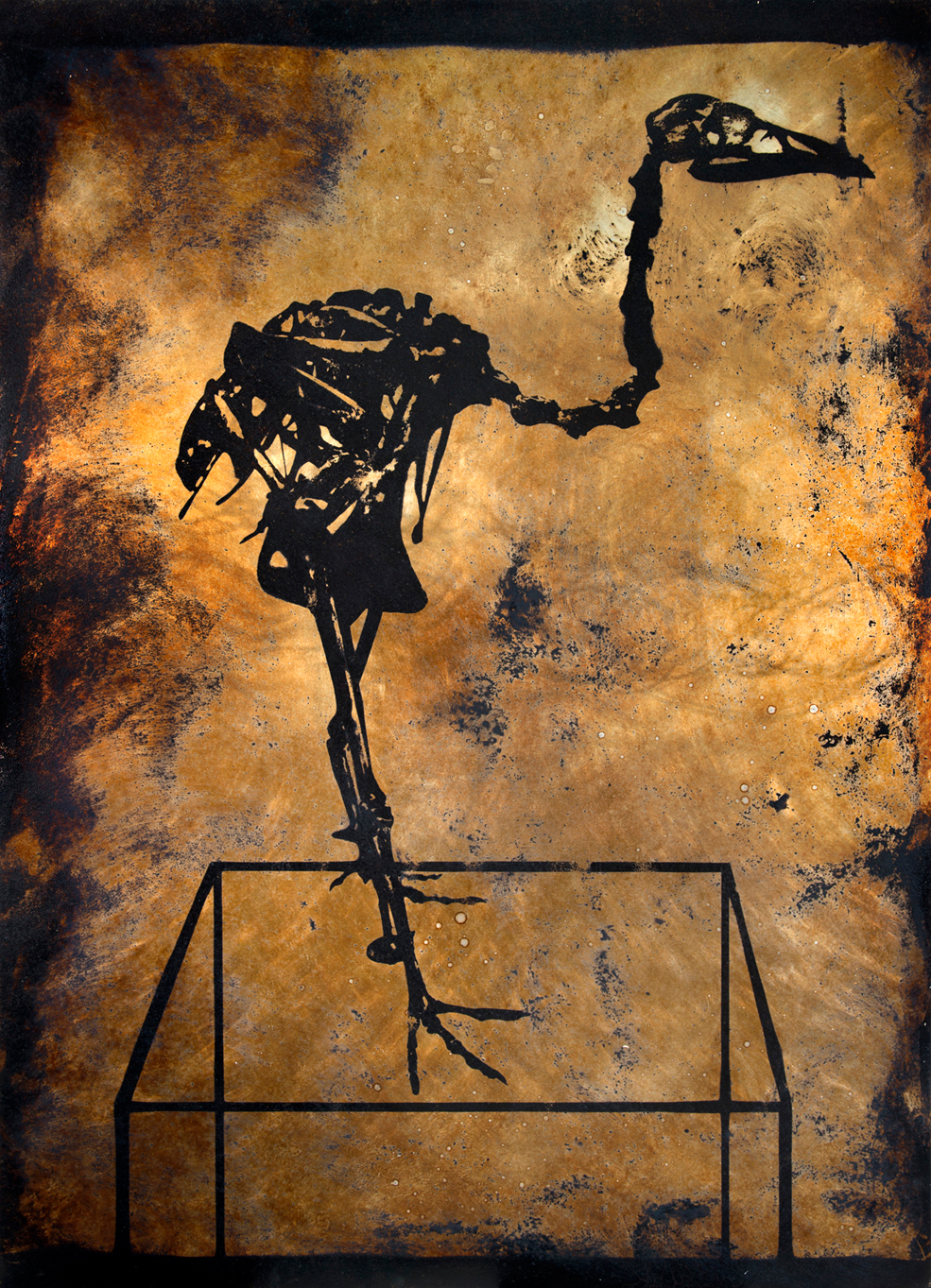
First, he created negatives from fossils housed at the tar pit's museum. Next, Brandt collected actual tar from the site, spread it across an aluminum plate, placed the negative on top, and left it to bake in the sun. The tar that was exposed to the light solidified to the aluminum so that after he washed it, the fossil "print" revealed itself.
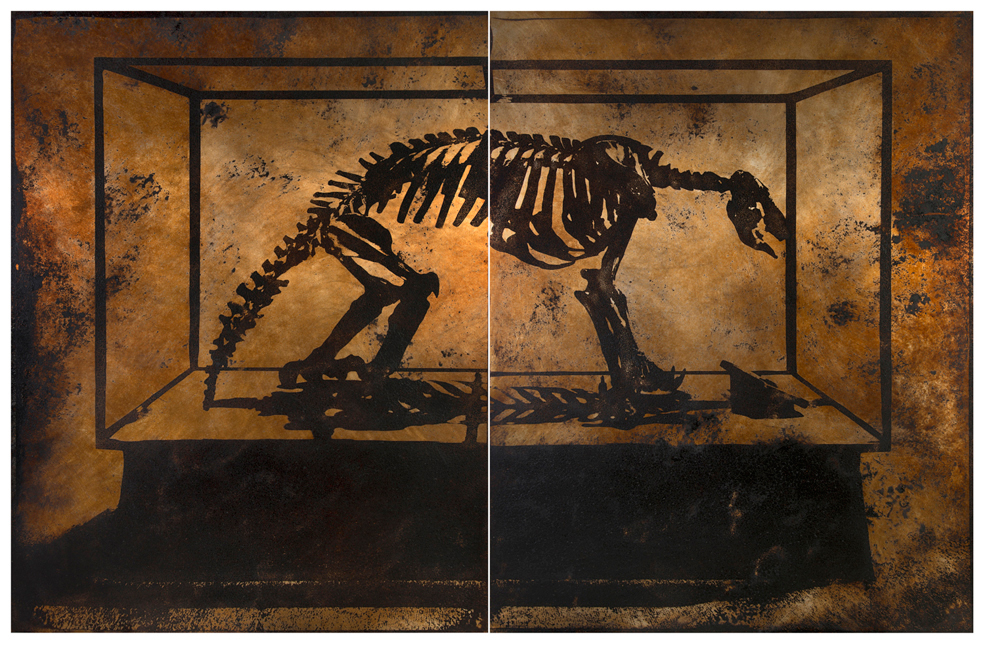
In the series Dust, photos of historic buildings are made from particles Brandt collected around the structures' real-life locations.
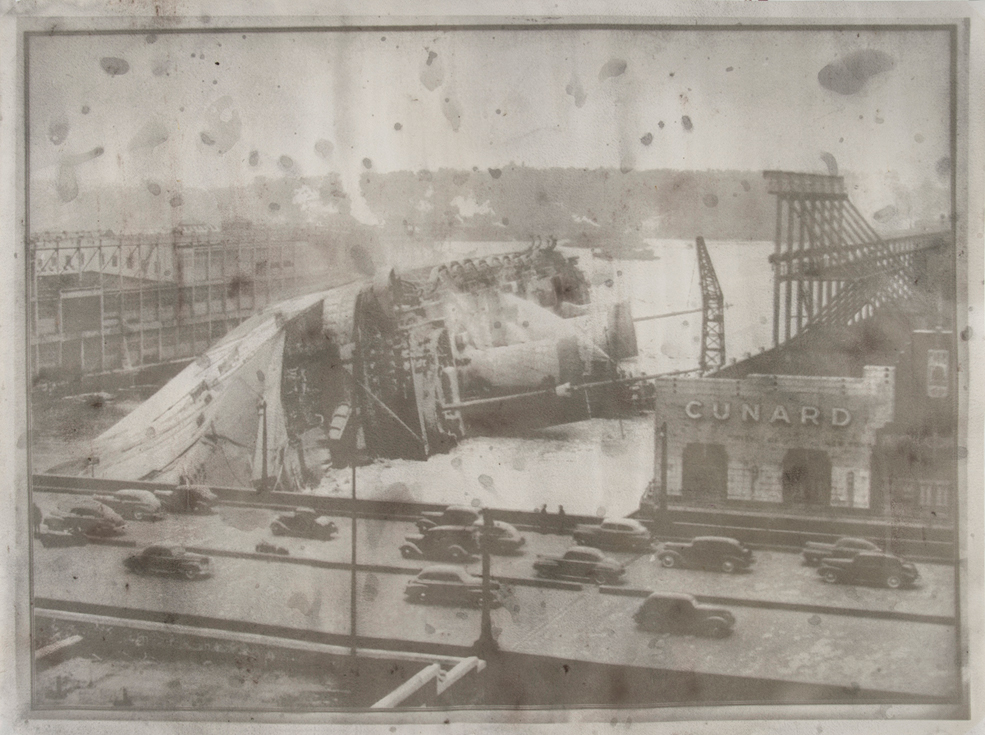
Working from pictures found in the archives of the New York Public Library, Brandt first created large-scale negatives. He then visited the location illustrated in the print and collected dust, which he used to make a handmade gum-bichromate emulsion — a historic printing process that mixes watercolor paint with a light-sensitive chemical. The final image depicts the historic location made with "modern dust."
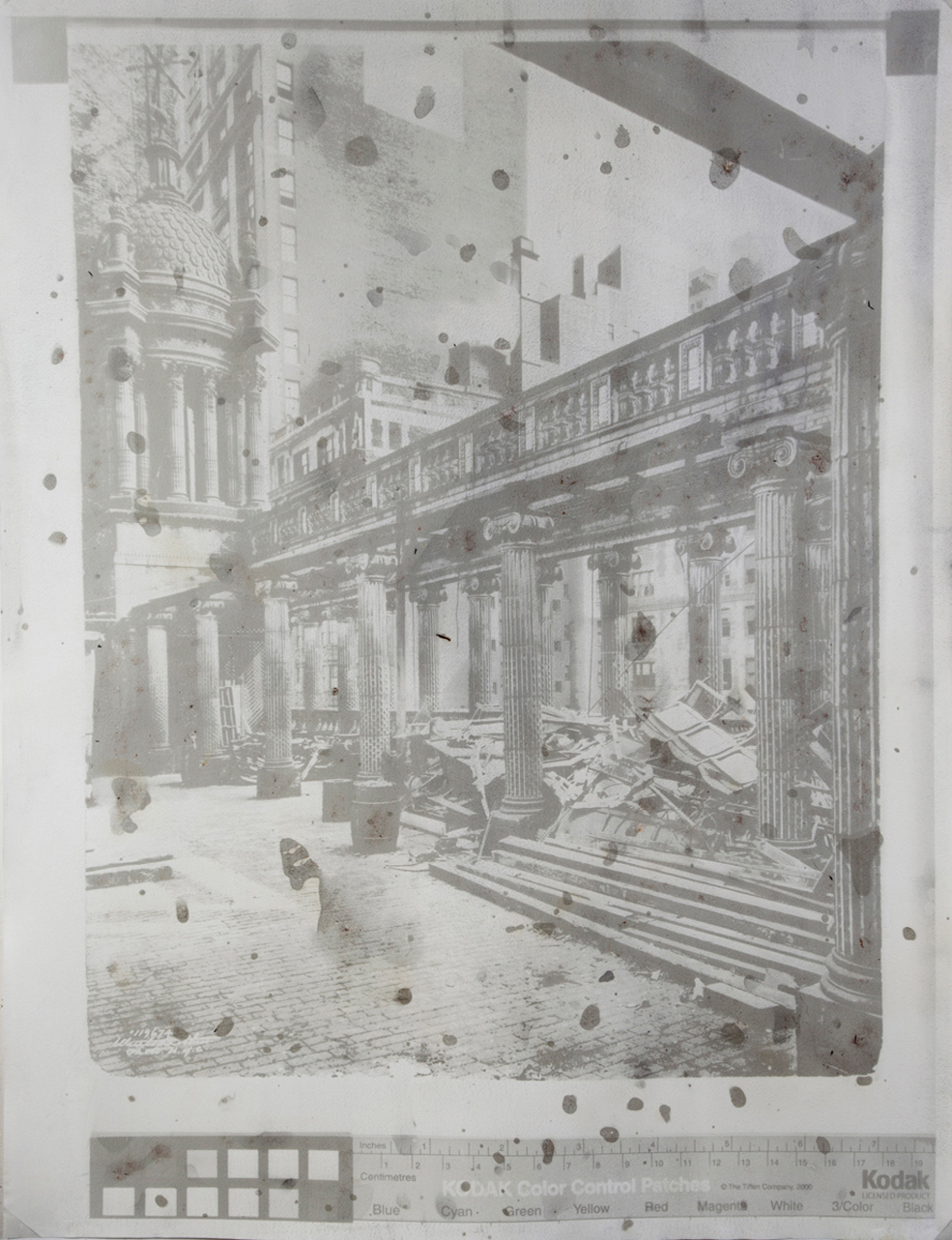
Excavations, an exhibition featuring photos from three of Brandt's series, including Dust and La Brea, is showing at the Yossi Milo Gallery in New York City through May 10. For more information on Matthew Brandt, you can check out his website.
A free daily email with the biggest news stories of the day – and the best features from TheWeek.com
All images are © Matthew Brandt, Courtesy Yossi Milo Gallery, New York
Loren Talbot is the photo editor for The Week magazine. She has previously worked for Stuff, Maxim, Blender, and Us magazine, as well as for the Sweet Genius production company. She is a graduate of both Marlboro College and Pratt Institute. Her part-time job is adventurer.
-
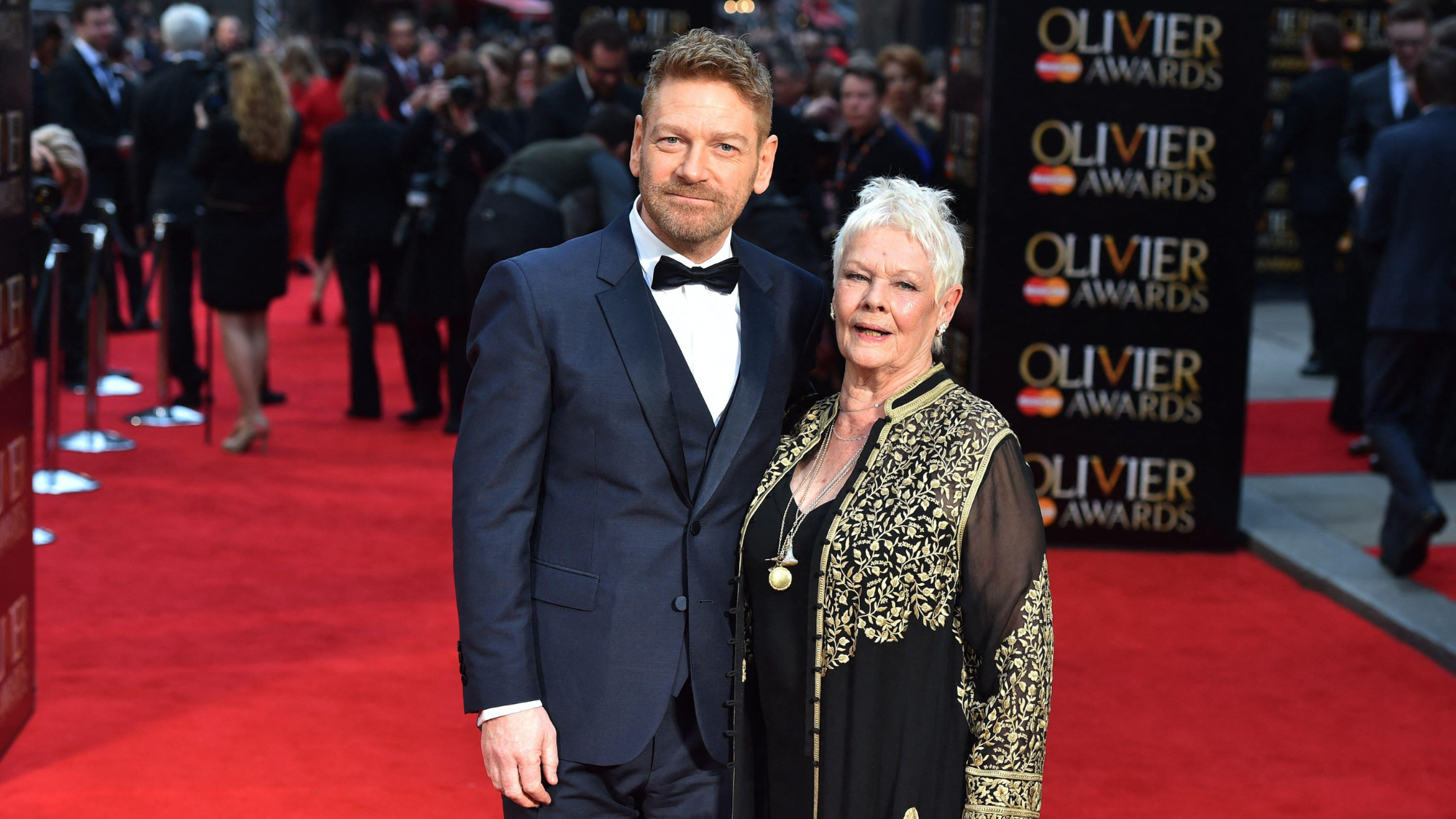 Tea with Judi Dench: ‘touching’ show is must-watch Christmas TV
Tea with Judi Dench: ‘touching’ show is must-watch Christmas TVThe Week Recommends The national treasure sits down with Kenneth Branagh at her country home for a heartwarming ‘natter’
-
 Codeword: December 24, 2025
Codeword: December 24, 2025The daily codeword puzzle from The Week
-
 Crossword: December 24, 2025
Crossword: December 24, 2025The daily crossword from The Week